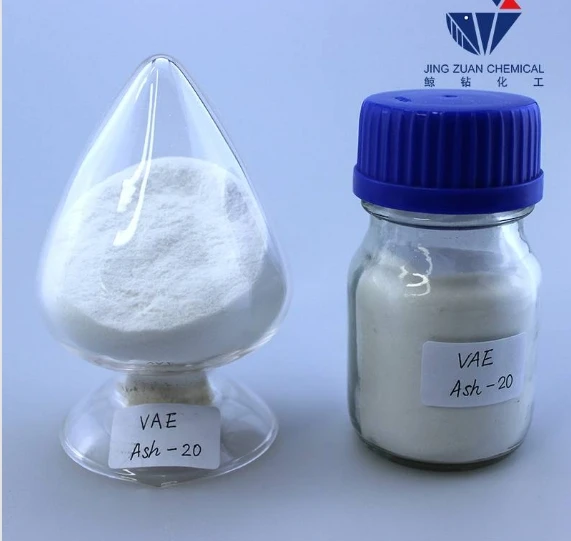
Dez . 13, 2024 04:58 Back to list
Understanding HPMC and Its Applications in Various Industries
What is HPMC?
Hydroxypropyl Methylcellulose (HPMC) is a versatile cellulose ether derived from natural cellulose, which is extensively used in various industries due to its adhesion, thickening, and film-forming properties. Originally developed as a thickening agent for food products, HPMC has since found a multitude of applications across pharmaceutical, cosmetic, construction, and food industries.
Chemical Composition and Properties
HPMC is created by modifying cellulose, a natural polymer found in the cell walls of plants. The modification process involves the introduction of hydroxypropyl and methyl groups onto the cellulose backbone. This modification increases the solubility of cellulose in water, allowing HPMC to dissolve in both cold and hot water, forming a clear, viscous solution. The degree of substitution of these groups affects the properties of HPMC, including its viscosity, solubility, and thermal stability.
One of the remarkable properties of HPMC is its ability to form a gel-like consistency in aqueous solutions, making it an excellent thickening agent. Additionally, its protective colloidal properties make it effective in stabilizing emulsions and suspensions in various formulations.
Applications in Different Industries
1. Pharmaceuticals In the pharmaceutical sector, HPMC is commonly used as an excipient in tablet formulations. It acts as a binder to hold tablet ingredients together, as well as a controlled-release agent that governs the rate at which active ingredients are released into the body. HPMC is also used in ocular formulations and as a component in hydrogels for sustained drug delivery.
2. Cosmetics and Personal Care HPMC is a popular ingredient in cosmetic formulations due to its film-forming and thickening properties. It enhances the texture and stability of products such as creams, lotions, and gels. Furthermore, its ability to provide a smooth application makes HPMC a valuable addition to hair care products.
what is hpmc

3. Construction In the construction industry, HPMC is widely utilized as an additive in cement-based materials. It improves the workability and adhesion of mortars, plasters, and tile adhesives, which in turn enhances the overall durability of construction projects.
4. Food Industry In food applications, HPMC serves various functions, including acting as a thickener, stabilizer, and emulsifier. It is used in products such as sauces, dressings, and dairy products to improve texture and maintain consistency.
Benefits of Using HPMC
The use of HPMC provides several advantages across different industries. Its non-toxic nature and versatility make it ideal for use in applications that demand high safety standards, like pharmaceuticals and food products. Moreover, HPMC is bio-degradable, making it an environmentally friendly choice compared to synthetic additives.
Another significant benefit of HPMC is its compatibility with a wide range of ingredients, which means it can be incorporated easily into various formulations without adversely affecting their properties. This compatibility, combined with its effective functionality, makes HPMC a preferred choice among formulators.
Conclusion
In summary, Hydroxypropyl Methylcellulose (HPMC) is a multifunctional polymer that plays a crucial role in diverse industries. From pharmaceuticals to construction materials, its impressive properties enable it to enhance product performance and stability. As demand for high-quality and environmentally friendly materials continues to rise, the importance of HPMC is expected to grow, solidifying its position as a vital ingredient across various applications.
-
Versatile Hpmc Uses in Different Industries
NewsJun.19,2025
-
Redispersible Powder's Role in Enhancing Durability of Construction Products
NewsJun.19,2025
-
Hydroxyethyl Cellulose Applications Driving Green Industrial Processes
NewsJun.19,2025
-
Exploring Different Redispersible Polymer Powder
NewsJun.19,2025
-
Choosing the Right Mortar Bonding Agent
NewsJun.19,2025
-
Applications and Significance of China Hpmc in Modern Industries
NewsJun.19,2025







